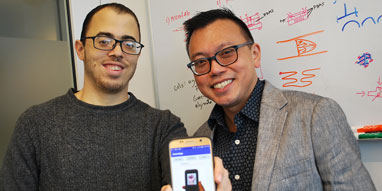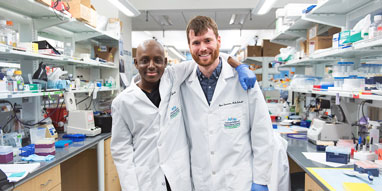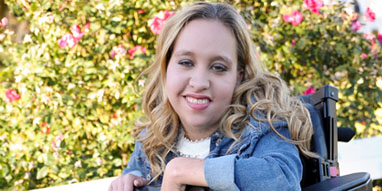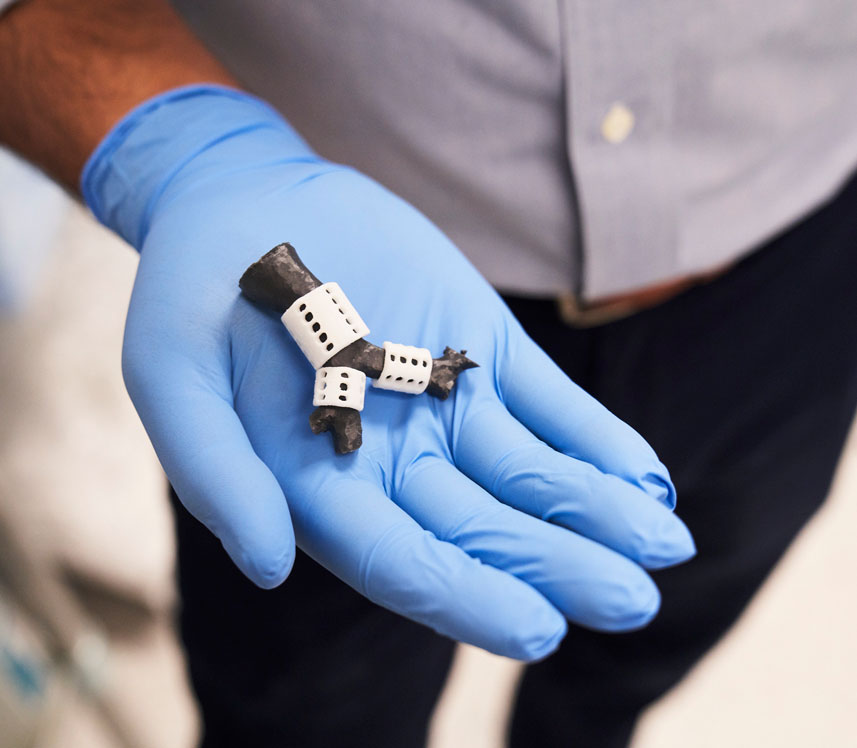
Amir Breathes Easier
A Georgia first, Children’s offers a 3D fix for Amir’s windpipe abnormality in groundbreaking surgery.
From his very first breath, Amir struggled to get the oxygen he needed into his lungs.
It wasn’t just the transition from the womb into the open air that left him gasping—it was something more serious and life-threatening. Amir was born with tracheo-bronchomalacia, a condition resulting in severe, life-threatening airway obstruction.
“The airway was being compressed or smashed to the point where he couldn’t move any air,” explains pediatric otolaryngologist Steven Goudy, MD.
Sometimes tracheomalacia resolves on its own. But Amir’s condition was more serious. He required a tracheostomy, an opening in the neck to accommodate a breathing tube, providing an alternate source of oxygen for his tiny body. Although this was life-sustaining, Amir’s care team at Children’s Healthcare of Atlanta knew this wasn’t the best long-term solution. So began their quest for something better.
Broader horizons discovered close to home
After tireless research, the Children’s team discovered a procedure so complex and unique, it had never been performed in Georgia. In fact, it had only been done once in the U.S. Yet the tools they needed could be found right in our back yard.
The key component for the procedure was a three-dimensional (3D) printed tracheal splint made using innovative laser-based 3D-printing technology by a lab headquartered at Georgia Tech. Georgia Tech’s 3D Medical Fabrication (3DMedFab) team custom-makes the splints in a clinical 3D-printing facility based on computerized tomography scans of a patient’s airway. Doctors then sew the splints around the trachea during surgery to provide structure and prevent airway collapse.
On the day of the procedure, the Children’s cross-functional team of skilled surgeons was prepared to operate on the 7-month-old. “We had been thinking, planning and discussing the surgery for months,” says Dr. Goudy. “This was a well-rehearsed, thoughtful approach.”
The procedure was so well planned, in fact, the team had 40 different 3D-printed splints to choose from to ensure they had the exact fit for Amir. Settling for good enough just wasn’t an option. It was this commitment to excellence and precision that led to a positive outcome for Amir, who is now breathing easier.
More opportunities for innovation and progress
Amir is just one example of the incredible lengths Children’s researchers and clinicians will go to uncover the right treatment for every patient. However, to continue these efforts requires us to keep fostering strong relationships with innovative partners like Georgia Tech and others nationwide. To do that successfully requires growth, expansion and the support of our community.
“There’s no reason that the children in the state of Georgia should not receive the best, most up-to-date, most innovative care,” says Dr. Goudy. “We should not have to send anyone out of the state of Georgia. We have local partners committed to developing an infrastructure to allow for the delivery of these cutting-edge therapies that, in this case, have been lifesaving.”
An investment today will allow us to transform our not-for-profit hospital campus and services to better meet the growing demand for this type of complex pediatric care tomorrow.
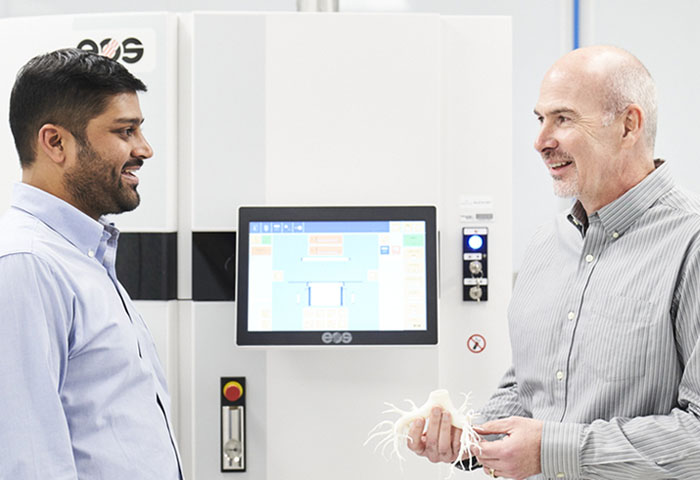
Progress Depends on Us
Help us stay one step ahead of the growing demand for innovative pediatric care.
DONATE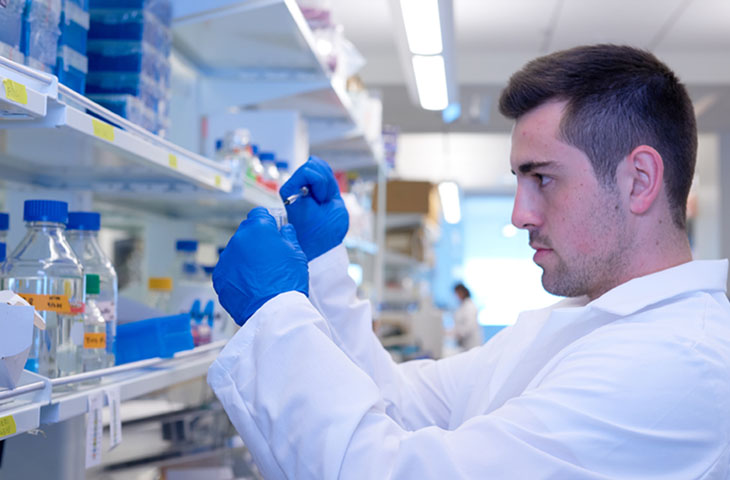
The Future Starts Here
Children’s is advancing pediatric medicine nationwide through clinical research.
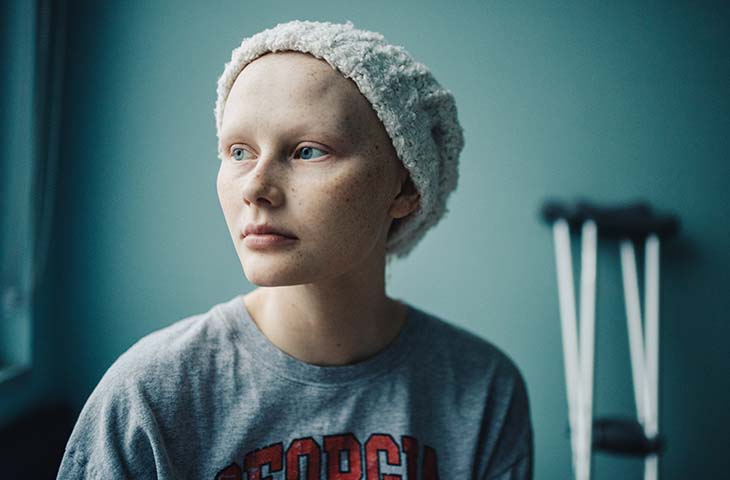
Why It Matters
Learn how Children’s growth and expansion will impact Georgia’s kids for the better.
READ MORE